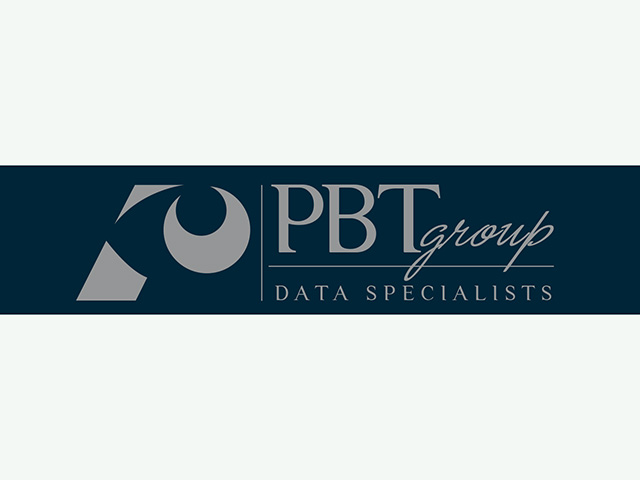From less than $1.5 billion in 2017 to an anticipated $9 billion by 2024, the worldwide edge computing market is set to show significant growth in the coming years. Couple this with expectations that around 31 billion Internet of Things (IoT) devices will be online by the end of this year, and businesses are on the cusp of an exciting new era where they can unlock even more insights from their data.
But what is edge computing and how does it tie into the cloud environment many decision-makers are embracing for their organisations? Gartner defines edge computing as an “emerging topology-based computing model that enables and optimises extreme decentralisation, placing nodes as close as possible to the sources and sinks of data and content.”
A matter of life and death
“In other words, the edge enables IoT devices to process the information right there and then without having to send the raw data back to data centres. Imagine how much time is saved by analysing data at the point of origin. Accessing this in real-time can even mean the difference between life and death. For example, getting alerts on the medical condition of a patient or being notified of a car high jacking taking place,” says Andreas Bartsch, Head of Service Delivery at PBT Group.
Not only have IoT devices become significantly more sophisticated in design than earlier generations, but the ubiquitous connectivity that 5G will bring means that the capacity of what have essentially become mini-computers to collect data across a myriad of touchpoints will increase massively. And using the high computational power of the edge, companies can more rapidly adapt their supply chain to ship products and services where there is the most demand for it. In the retail environment, remote stores can send insights back to head office on which clothing ranges are selling well in addition to stock levels that can be monitored much more effectively.
“By performing all this analysis at the edge, the company can reduce the load on its data centres resulting in cost efficiencies given the reduced centralised processing needed. This can, in turn, be enhanced with additional analysis back at the data centre if required. Ultimately, companies become more agile in meeting customer demand or receiving alerts about factors that could impact operations,” adds Bartsch.
Beyond data
However, computing at the edge is not without its risks.
“Despite the advantages of decentralising computing power and data storage to IoT devices, companies must always remain cognisant of the cyber security dangers. With every device now becoming more sophisticated and having various connections into the organisational network, they present enticing targets to attackers looking to compromise or steal sensitive data,” says Bethwel Opil, Enterprise Sales Manager at Kaspersky in Africa.
One of the strengths of these devices, their diversity in design and function, also become one of its biggest weaknesses. With data processing happening on these devices outside the safety of a cloud data centre, companies must take the necessary steps to ensure these are well protected.
“An integrated cyber security strategy becomes essential to align all entry points into the business and to maintain an overall view of the level of protection (or weakness). Protection is not only a software thing. If people gain physical access to a device, that device is no longer secure. This could result in customer data or other competitive information being compromised,” he warns.
Even so, security vendors are developing increasingly innovative solutions to maintain protection at the edge and on IoT devices.
“We are living in the digital era where the Fourth Industrial Revolution (4IR) is well and truly underway. Driving its potential is how effectively companies analyse and pull insights from their data. Fortunately, protecting it will always be a priority. And it is in this space, where the most opportunities are unlocked,” adds Opil.
Bartsch from PBT Group agrees.
“The data strategy of any company, irrespective of industry sector and size, must consider not only the quality of data and how it is analysed, but safeguarding it as well. The edge has become a critical business enabler especially with IoT exploding in uptake. But throughout this, data governance and data cyber security measures must form a vital component to ensure future business growth,” concludes Bartsch.





